Hot, Hottier, Hottest: 10 Must-Know Hot Chili Pepper Varieties for Spice Lovers
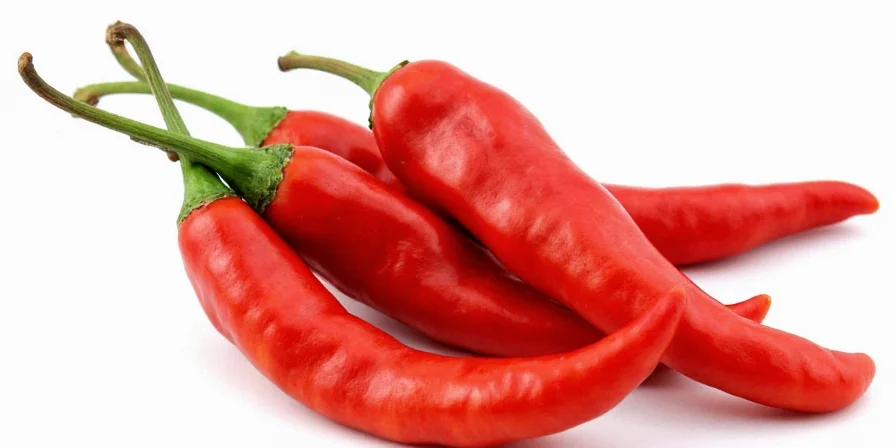
The spice spectrum starts here — welcome to chili heaven!
Introduction: The Scorching World of Hot Chili Peppers
If you've ever bitten into a chili pepper and immediately regretted it (but secretly loved it), then you're already part of the spice-loving tribe. Hot chili peppers aren't just about making your eyes water—they add depth, complexity, and character to dishes around the globe.
In this post, we’ll take you on a flavorful journey through 10 must-know hot chili pepper varieties. Whether you're a seasoned chef or a weekend griller, there’s something in here for every palate. We'll also throw in some spicy pro-tips, compare heat levels, and give you ideas on how to use them in your kitchen.
Table of Contents
- Understanding the Scoville Scale
- Top 10 Hot Chili Pepper Varieties
- Cooking with Heat: Practical Tips
- Stay Safe While Handling Hot Peppers
- Visual Comparison Table
- Conclusion: Pick Your Poison (or Pleasure)
Understanding the Scoville Scale: What Makes a Pepper Hot?
Before we dive into the lineup, let’s break down the scale that determines just how much pain (or pleasure) a pepper can deliver—the Scoville Heat Unit (SHU).
Invented by pharmacist Wilbur Scoville in 1912, this scale measures the concentration of capsaicin—the compound responsible for the fiery kick in chilies. From zero (bell peppers) to over 1 million SHU (Carolina Reaper), the range is wild.

A handy reference for knowing which pepper will set your mouth on fire—and which won’t.
Top 10 Hot Chili Pepper Varieties You Should Know
Let’s roll out the red carpet for our spicy celebrities! Here are 10 hot chili pepper varieties you need to know, from everyday staples to absolute fire-breathers:
- Jalapeño (2,500 – 8,000 SHU)
- Serrano (10,000 – 23,000 SHU)
- Hatch Green Chile (1,000 – 10,000 SHU)
- Guajillo (2,500 – 5,000 SHU)
- Ancho/Poblano (Dried Ancho: 1,000 – 2,000 SHU)
- Cayenne (30,000 – 50,000 SHU)
- Thai Bird’s Eye (50,000 – 100,000 SHU)
- Habanero (100,000 – 350,000 SHU)
- Ghost Pepper (Bhut Jolokia) (800,000 – 1,041,427 SHU)
- Carolina Reaper (1,400,000 – 2,200,000 SHU)
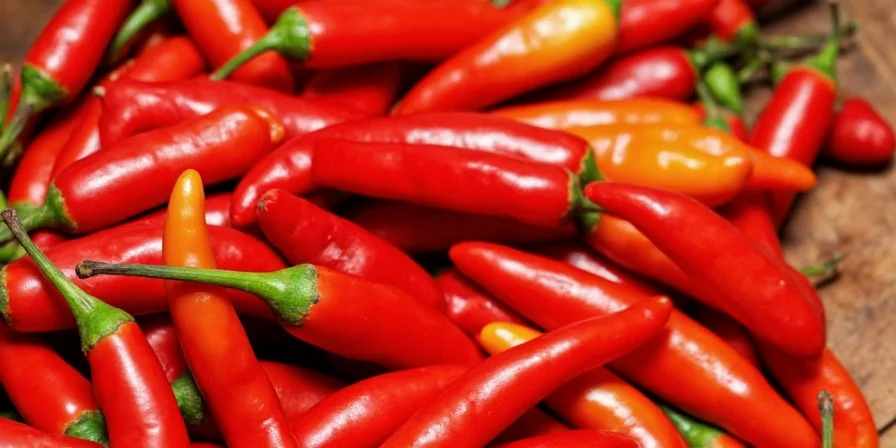
From mild to monstrous—this is chili royalty.
Jalapeño: The People's Champion
If there were a chili pepper MVP, Jalapeño would win hands down. Found in everything from nachos to cocktails, this medium-hot pepper brings a grassy, slightly smoky flavor to the table.
Pro Tip: Roast them for a deeper flavor or pickle them for a tangy kick!
Serrano: Jalapeño’s Spicy Cousin
Think of Serrano as Jalapeño’s more intense younger sibling. It packs more punch but still stays within reach for most palates. Great in salsas, soups, and even Bloody Marys.
Hatch Green Chile: The Flavor Bomb
Grown only in the Hatch Valley of New Mexico during late summer, this seasonal superstar has a complex, earthy flavor profile. Mild to medium heat makes it versatile and deliciously roasted.
Guajillo: Dried Dynamite
This dried chili is a staple in Mexican mole sauces. Sweet, fruity, and slightly smoky—it adds depth without overwhelming heat. Perfect for sauces, marinades, and stews.
Ancho/Poblano: Sweetness in Disguise
Poblano peppers become Ancho when dried. Known for their rich, raisiny flavor, they’re often used in traditional Mexican dishes like chiles rellenos and mole poblano.
Cayenne: The Kitchen Staple
You’ve probably got cayenne powder in your spice rack. But fresh cayenne peppers? Even better. They bring serious heat and versatility to stir-fries, curries, and hot sauces.
Thai Bird’s Eye: Little Devil, Big Kick
Don’t let its size fool you—this tiny pepper packs a big punch. Common in Thai cuisine, it’s perfect for curry pastes, pad thai, and street food with serious attitude.
Habanero: Tropical Fire
With a fruity, citrusy aroma and volcanic heat, habaneros are a favorite among spice enthusiasts. Handle with care and always remove the seeds before chopping!
Ghost Pepper: Not for the Faint of Heart
Once the hottest pepper in the world, the Ghost Pepper (Bhut Jolokia) comes from India and is not for beginners. Its smoky, floral notes contrast sharply with its insane heat level.
Carolina Reaper: The King of Fire
Hold up! This is officially the hottest chili pepper on Earth (according to Guinness World Records). If you try one raw, be prepared for a rollercoaster of tears, laughter, and possibly regret. Best used sparingly in sauces and infused oils.
Cooking with Heat: Practical Tips for Using Hot Chili Peppers
- Adjust the Heat: Want it spicier? Leave the seeds in. Want it milder? Remove them. Most of the heat lives in the membranes and seeds.
- Roast It Up: Charring chilies on an open flame or under the broiler enhances flavor and mellows the heat slightly. Great for poblanos, jalapeños, and Hatch chiles.
- Add at the End: For maximum heat and fresh flavor, add chopped chilies near the end of cooking.
- Infuse Oils or Vinegars: Soak sliced hot peppers in oil or vinegar for a few days to create potent bases for dressings or marinades.
- Pair with Cooling Ingredients: Balance heat with dairy (like sour cream or yogurt), citrus, or sweet elements like mango or honey.
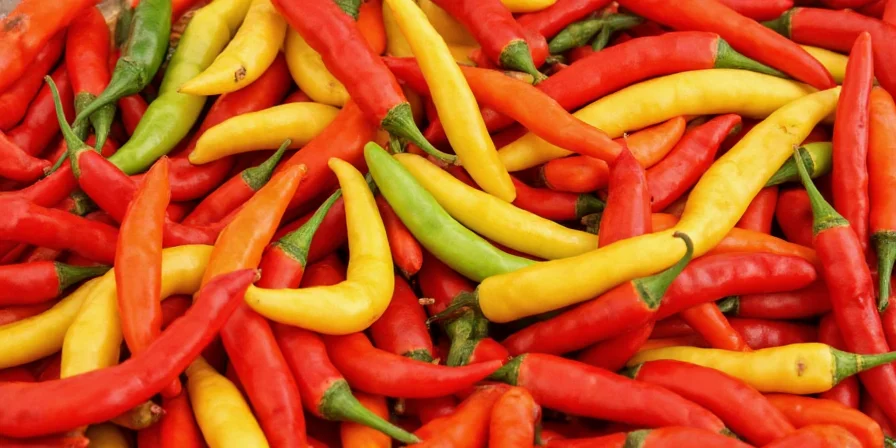
DIY hot oil infusion using your favorite chilies.
Stay Safe While Handling Hot Peppers
Working with super-hot chilies can be risky business. Follow these safety rules to keep things fun and not painful:
- Wear Gloves: Capsaicin sticks to skin and doesn’t wash off easily. Gloves are a must when handling ghost peppers or reapers.
- Don’t Touch Your Face: Seriously—your eyes, nose, or mouth might not forgive you.
- Ventilate Well: Cutting up lots of chilies releases capsaicin into the air, which can irritate lungs and eyes. Work in a well-ventilated space or wear a mask.
- Use Milk or Dairy to Cool Down: Water won’t help if you burn your tongue—dairy neutralizes the heat fast.
Visual Comparison Table of Popular Hot Chili Peppers
| Pepper Name | Heat Level (SHU) | Flavor Profile | Best Uses |
|---|---|---|---|
| Jalapeño | 2,500 – 8,000 | Grassy, bright, slightly smoky | Tacos, nachos, poppers, salsas |
| Serrano | 10,000 – 23,000 | Earthy, crisp, sharp bite | Salsas, Bloody Marys, soups |
| Hatch Green Chile | 1,000 – 10,000 | Sweet, smoky, earthy | Stews, sandwiches, cheese dips |
| Guajillo | 2,500 – 5,000 | Berry-like, mild spice | Mole sauces, adobo sauces |
| Ancho | 1,000 – 2,000 | Fruity, raisiny, deep | Moisture-rich sauces, braises |
| Cayenne | 30,000 – 50,000 | Sharp, biting, fiery | Curries, stir-fries, hot sauces |
| Thai Bird’s Eye | 50,000 – 100,000 | Intense, bright, sharp | Pad Thai, curry paste, salads |
| Habanero | 100,000 – 350,000 | Tropical fruit, floral | Hot sauces, Caribbean dishes |
| Ghost Pepper | 800,000 – 1,041,427 | Smoky, sweet, explosive | Extreme hot sauces, dares |
| Carolina Reaper | 1,400,000 – 2,200,000 | Chocolate, berry, nuclear | Experimental cooking, science |
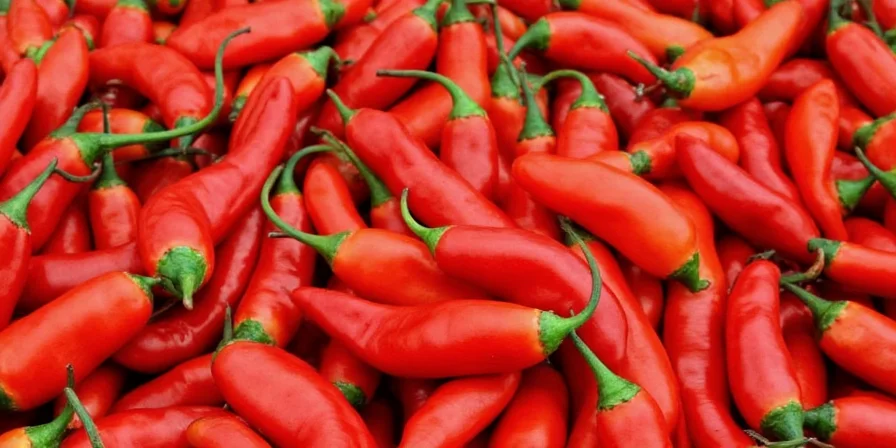
Use this table as your go-to guide when planning your next spicy dish.
Conclusion: Pick Your Poison (or Pleasure)
Whether you’re a casual snacker or a full-on fire eater, there’s a chili pepper out there waiting to spice up your life. With so many varieties to choose from, each bringing unique flavors and heat levels to the table, the possibilities are endless.
Remember, spicing up your meals isn’t just about the burn—it’s about exploring bold new tastes, experimenting with cultures, and having fun in the kitchen. So don your gloves, grab a knife, and get ready to turn up the heat!
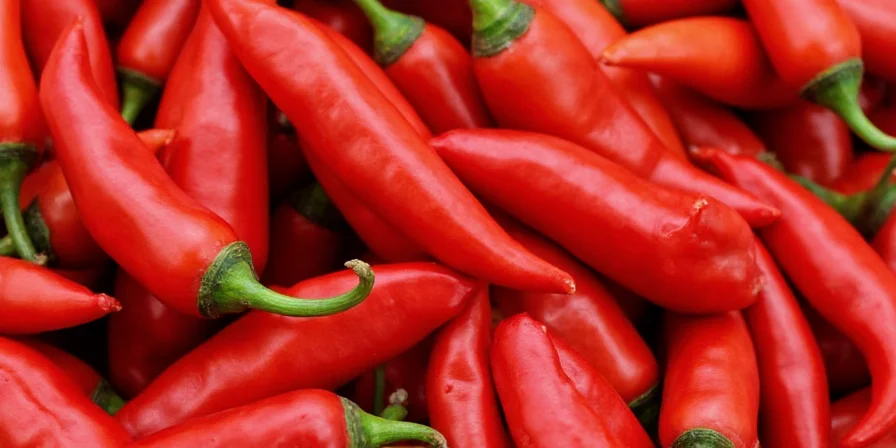
Kitchen confidence comes with a little bit of heat—and a lot of flavor.

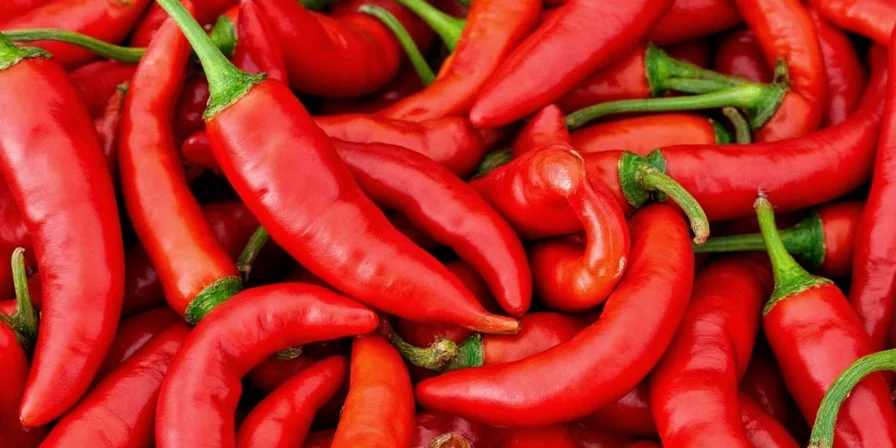









 浙公网安备
33010002000092号
浙公网安备
33010002000092号 浙B2-20120091-4
浙B2-20120091-4